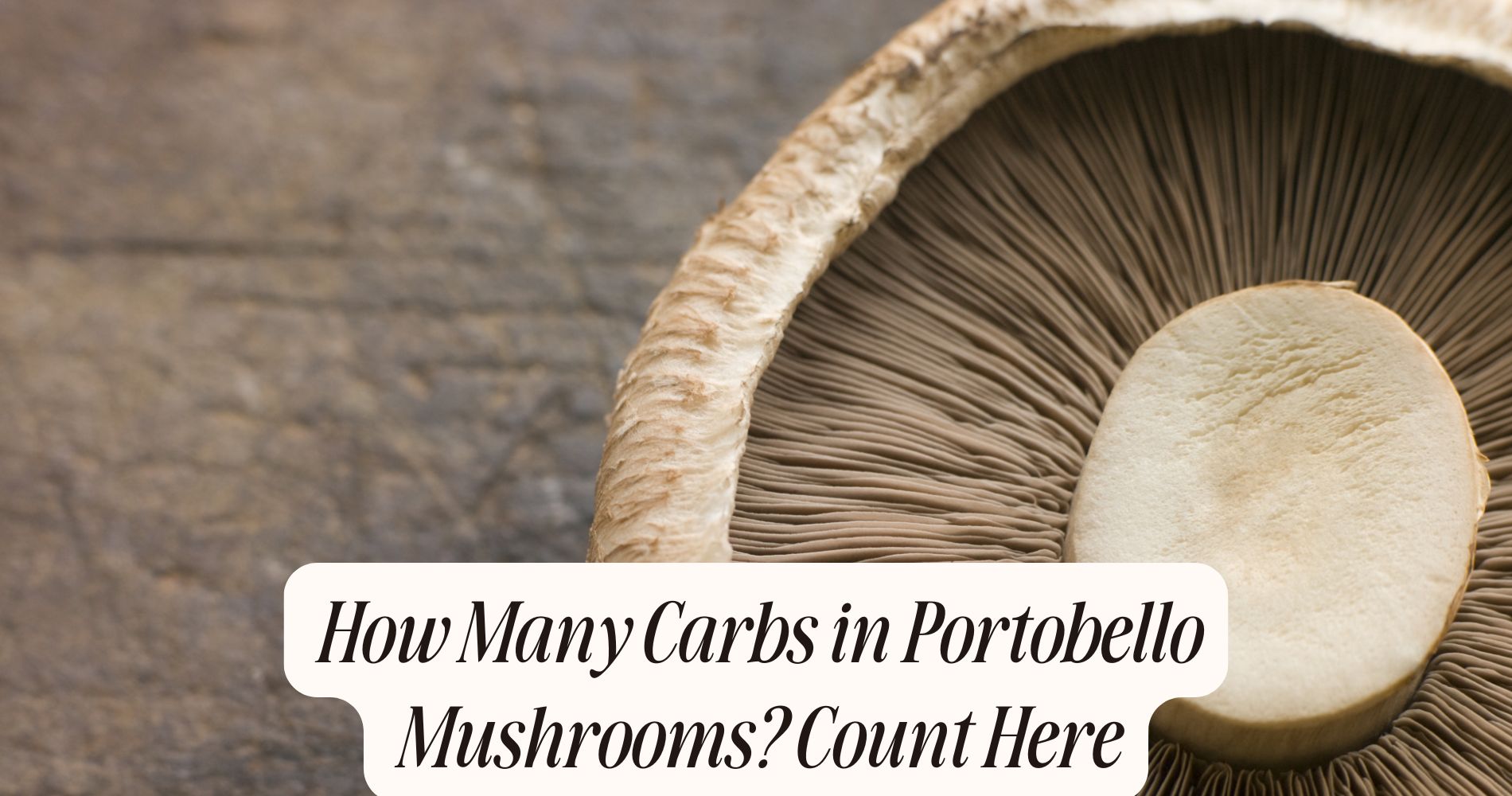
How to Eat Reishi Mushroom – 3 Simple Ways
How to eat reishi mushroom? You can consume reishi mushroom in three effective ways: simmer slices or powder for 30–60 minutes to brew a polysaccharide-rich tea; prepare a potent tincture by soaking chopped reishi in high-proof alcohol for several weeks, then combining with a water extract; or blend reishi powder (1–2 grams) into smoothies, soups, or baked goods for convenient daily intake. Each method helps you access vital bioactive compounds—keep going to discover best preparation tips and flavor enhancements.
Brewing Reishi Mushroom Tea
Although reishi mushrooms (Ganoderma lucidum) are too tough and woody to eat directly, you can extract their bioactive compounds by brewing them into a tea. When you simmer sliced or powdered reishi in hot water for 30–60 minutes, you release key triterpenoids and polysaccharides, which are responsible for many of the mushroom’s medicinal benefits.

These compounds support immune modulation, antioxidant activity, and stress reduction. To enhance flavor and mask reishi’s natural bitterness, you can add ginger, citrus peel, or a cinnamon stick during brewing. Sweeteners like honey or stevia work well for additional flavor enhancement.
Strain the liquid before drinking. By making tea, you maximize extraction of beneficial compounds and create a functional beverage, allowing you to experience reishi’s medicinal benefits efficiently.
Making Reishi Mushroom Tinctures
If you're seeking a potent and shelf-stable way to access reishi’s therapeutic compounds, preparing a double-extraction tincture is highly effective. Start by sourcing quality fruiting bodies, either from reputable reishi mushroom cultivation or certified reishi mushroom supplements in whole form.
Chop the dried reishi and soak it in high-proof alcohol (at least 60% ABV) for two to four weeks, agitating daily to extract triterpenoids. Strain the alcohol, then simmer the reishi in water for several hours to extract polysaccharides.

Combine both extracts in a 1:1 ratio. This double-extraction process ensures you capture both alcohol-soluble and water-soluble compounds, maximizing bioavailability.
Store your finished tincture in amber dropper bottles, and dose according to standardized guidelines for maximum therapeutic benefit.
Adding Reishi Powder to Smoothies and Recipes
When you incorporate reishi powder into smoothies and recipes, you harness the mushroom’s concentrated beta-glucans, triterpenoids, and antioxidants in a highly bioavailable form. To optimize efficacy, follow dosage guidelines—typically 1 to 2 grams of reishi powder per serving. Exceeding recommended amounts may cause gastrointestinal discomfort.

Reishi’s earthy, slightly bitter profile demands thoughtful flavor pairing; blend it with robust ingredients like cacao, banana, nut butter, or coffee to mask bitterness and create a palatable result. In baking or soups, distribute the powder evenly to ensure consistent intake of its immunomodulatory and adaptogenic compounds.
Always stir reishi thoroughly, as its fine particles tend to clump. By integrating reishi powder into diverse culinary applications, you conveniently boost daily intake of its bioactive constituents.
An Easy Way to Enjoy Mushroom Benefits: SUPER MUSHROOM GUMMIES
If you’re looking for a simpler way to enjoy the power of mushrooms without the hassle of preparation, try Well Gummies' SUPER MUSHROOM GUMMIES! These convenient, chewable gummies pack the benefits of 10 functional mushrooms into a single, delicious wild berry-flavored treat. Fuel your brain, energize your body, and support your immune system naturally—all without the earthy taste or cooking time. Enjoy calmer energy, sharper focus, and a balanced body and mind. No jitters, no crash—just pure, natural goodness from Well Gummies!
Frequently Asked Questions
Are There Any Side Effects of Eating Reishi Mushrooms?
When you consume reishi mushrooms for their medicinal benefits or culinary uses, you might experience side effects like digestive upset, dry mouth, or allergic reactions. Long-term ingestion can impact liver function, so monitor your health and consult professionals.
Can Reishi Mushrooms Interact With Medications?
You should evaluate potential medication interactions before using reishi mushrooms, as their bioactive compounds may alter drug metabolism. Consult your healthcare provider to assess herb compatibility, especially if you take anticoagulants, immunosuppressants, or antihypertensive medications.
How Should Reishi Mushrooms Be Stored for Freshness?
You should optimize storage methods by placing reishi mushrooms in an airtight container, away from light and moisture. This preservation technique mitigates oxidation and microbial growth, ensuring maximal freshness preservation and retention of bioactive compounds for extended shelf life.
Is It Safe to Eat Raw Reishi Mushroom?
You shouldn't eat raw reishi mushroom because its tough chitinous cell walls make it indigestible and bioactive compounds poorly absorbed. Reishi mushroom cultivation focuses on extraction for supplements; reishi mushroom recipes usually involve decoctions or hot water extraction for efficacy.
What Is the Recommended Daily Dosage of Reishi Mushroom?
For reishi mushroom, dosage guidelines recommend a daily intake of 1.5 to 9 grams of dried mushroom, or 1 to 1.5 grams of extract. Always consult clinical literature and your healthcare provider for individualized recommendations.
Conclusion
By incorporating reishi mushrooms into your routine—whether you’re brewing decoctions, preparing alcohol-based tinctures, or blending fine powder into recipes—you harness bioactive compounds like polysaccharides and triterpenes. These methods maximize extraction and bioavailability, ensuring ideal absorption of immunomodulatory and adaptogenic constituents. Always source from reputable suppliers to avoid contaminants, and consult clinical guidelines regarding dosage and contraindications. With these scientifically informed approaches, you’ll efficiently integrate reishi’s therapeutic potential into your daily regimen.




